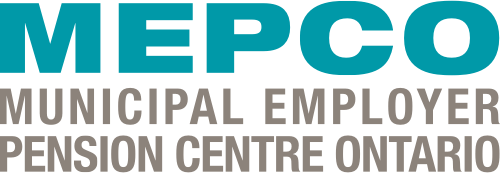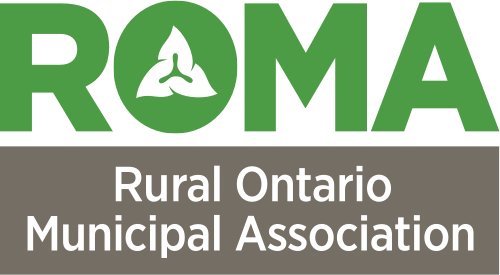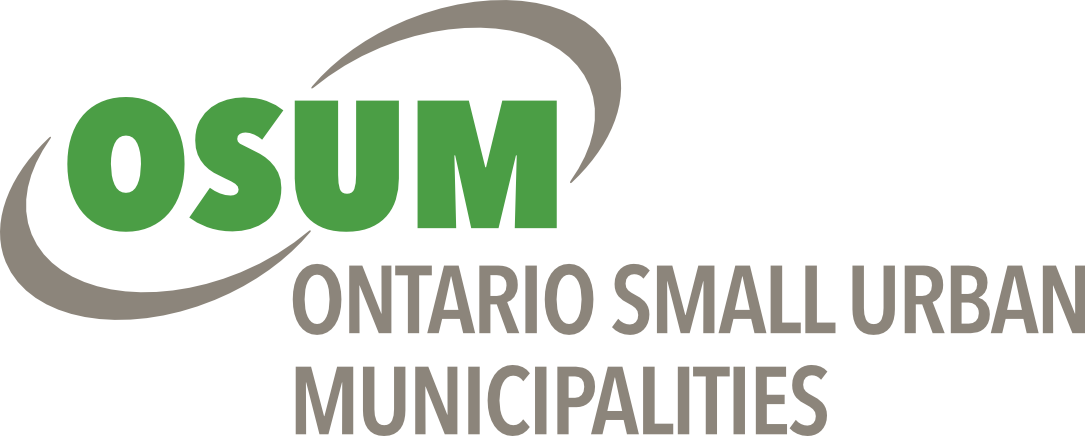Communities Fight Virus with Wastewater Testing
By Jeff Olson
General Manager
Sewer and Water Line Warranty Canada
As the number of COVID-19 cases continues to tick back up, reaching higher levels than even the early May spike, work to track the spread of the virus has become even more important.
Some communities have found an unusual way to do it – by testing sewage. This works because the virus is present in the fecal matter of infected people, whether they are asymptomatic or not. As unappealing as it sounds, testing wastewater for viral load can determine how present a virus is in the community.

Testing wastewater has shown such promise in understanding COVID-19 and infection rates. The Canadian Water Network has launched the COVID-19 Wastewater Coalition, which brings together the work of experts across the country and helps to educate researchers, utilities and public health authorities interested in conducting this testing.
The process works by concentrating wastewater samples in a laboratory and analyzing them for SARS-CoV-2 genes. These genes will show up even before those who have been infected develop symptoms.
In fact, regular testing can reveal an incoming spike in cases roughly three days to a week before it will be reflected in the testing, because testing wastewater reflects everyone who is ill, including those who are asymptomatic or have yet to be tested.
Testing at the wastewater treatment plant can give communities an overall view, but in some places, testing can be done in individual neighborhoods, giving leaders a map of where the virus is and isn’t. It’s been suggested that testing the plumbing of individual buildings, such as eldercare homes and schools, would be useful in monitoring those populations closely. That information can help community leaders determine where best to allocate resources and institute safety measures.
In Ontario, a team from the University of Windsor has been putting this into action by testing wastewater from Windsor and nearby Lakeshore and Amherstburg. Researchers say it can help researchers see trends in waves of infection.
"Everyone who's affected in [the] community contributes to [the] wastewater pool and so it really is perhaps one of the best indicators of the level of infections in the community," Mike McKay, Great Lakes Institute for Environmental Research executive director, told the CBC. "We'd like to think of the wastewater stream as a community swab."
Testing wastewater provides a broader view of the level of contagion without having to test every resident. The success of the community wastewater testing has inspired Ontario to look at a larger scale project.
In Ottawa, testing showed an increase in infections, soaring up to 10 times the number of infections in the city in June. The city was an early adopter of wastewater testing and, once the correlation between the wastewater analysis data and nasal swab numbers was revealed, more communities joined our capitol in refining the testing processes. The city is testing wastewater six times a day and has incorporated measures to account for rain events that may dilute testing.
In Saskatoon, the Saskatchewan Health Authority and the University of Saskatchewan have partnered to determine how prevalent the virus is in their community, and, at the end of October, the prognosis was that rates were rising, mirroring what we’ve seen throughout the rest of the country.
In Alberta, the universities of Alberta and Calgary are exploring the idea of using wastewater testing as an early warning system and determining how useful the three- to seven-day window can be. Obtaining testing supplies and turning around testing quickly will be two key factors.
"How quickly can results be produced and will it be possible to deliver that advance warning? That's one of the questions we're trying to nail down," said Steve Hrudey, a University of Alberta Department of Laboratory Medicine and Pathology professor emeritus, told the CBC. "And that isn't the only value of getting this. The reality is, the logistics of clinical testing don't let you sample everybody, but sewage does sample everybody."





